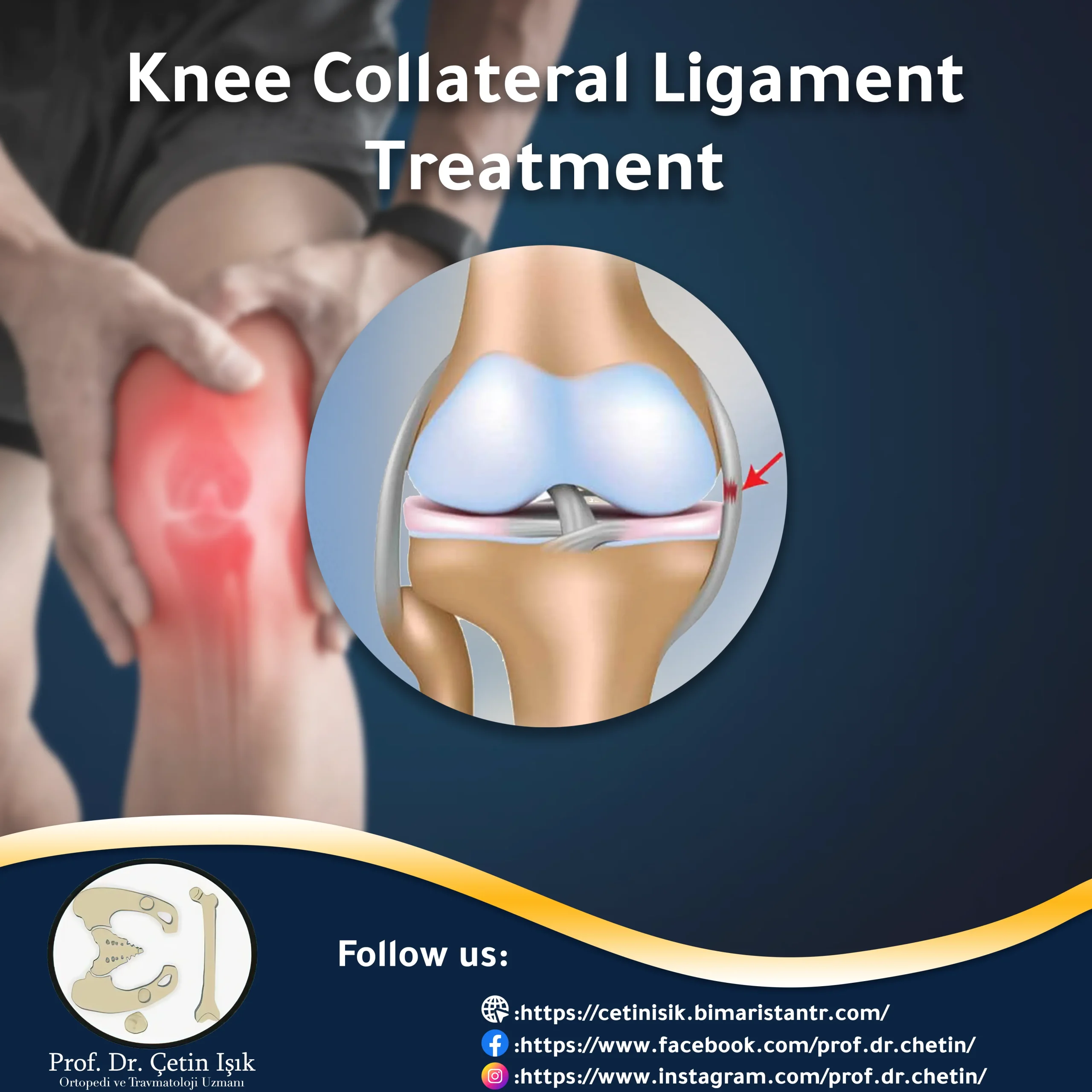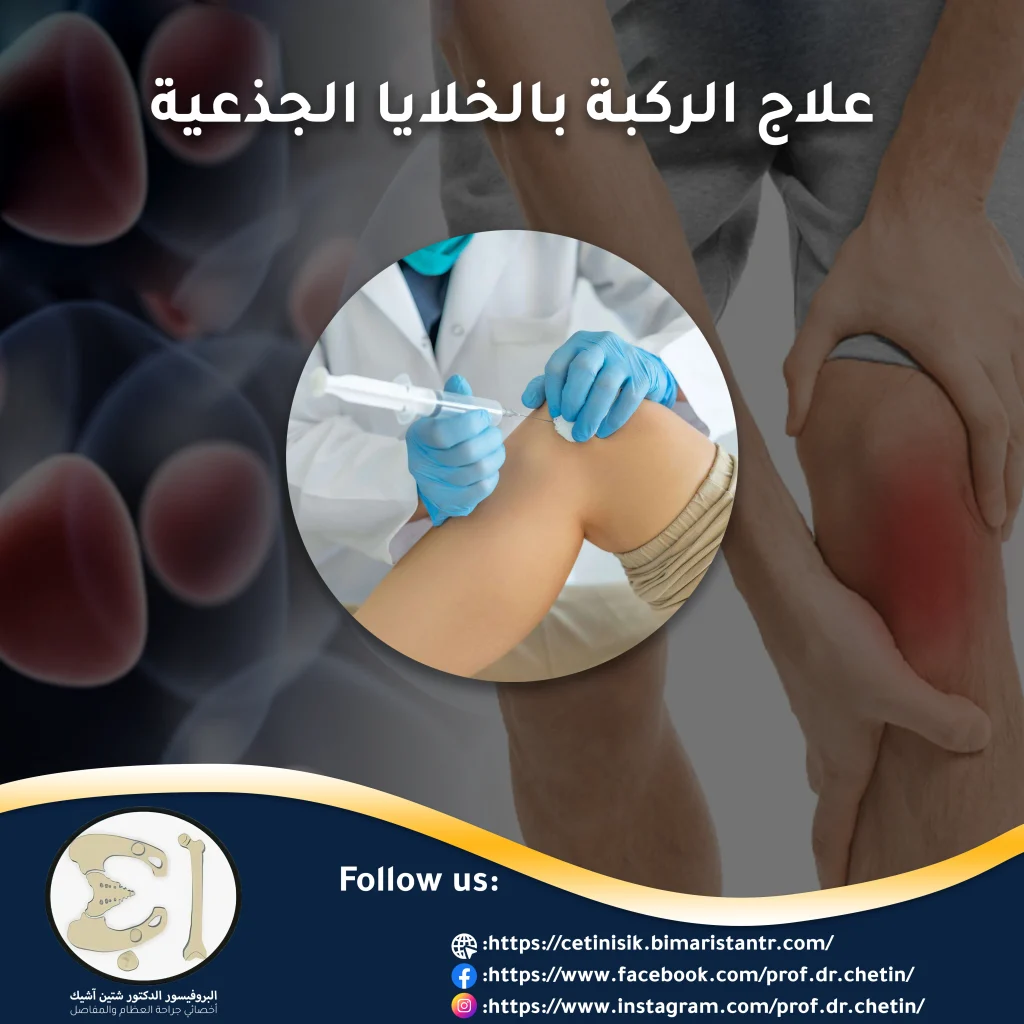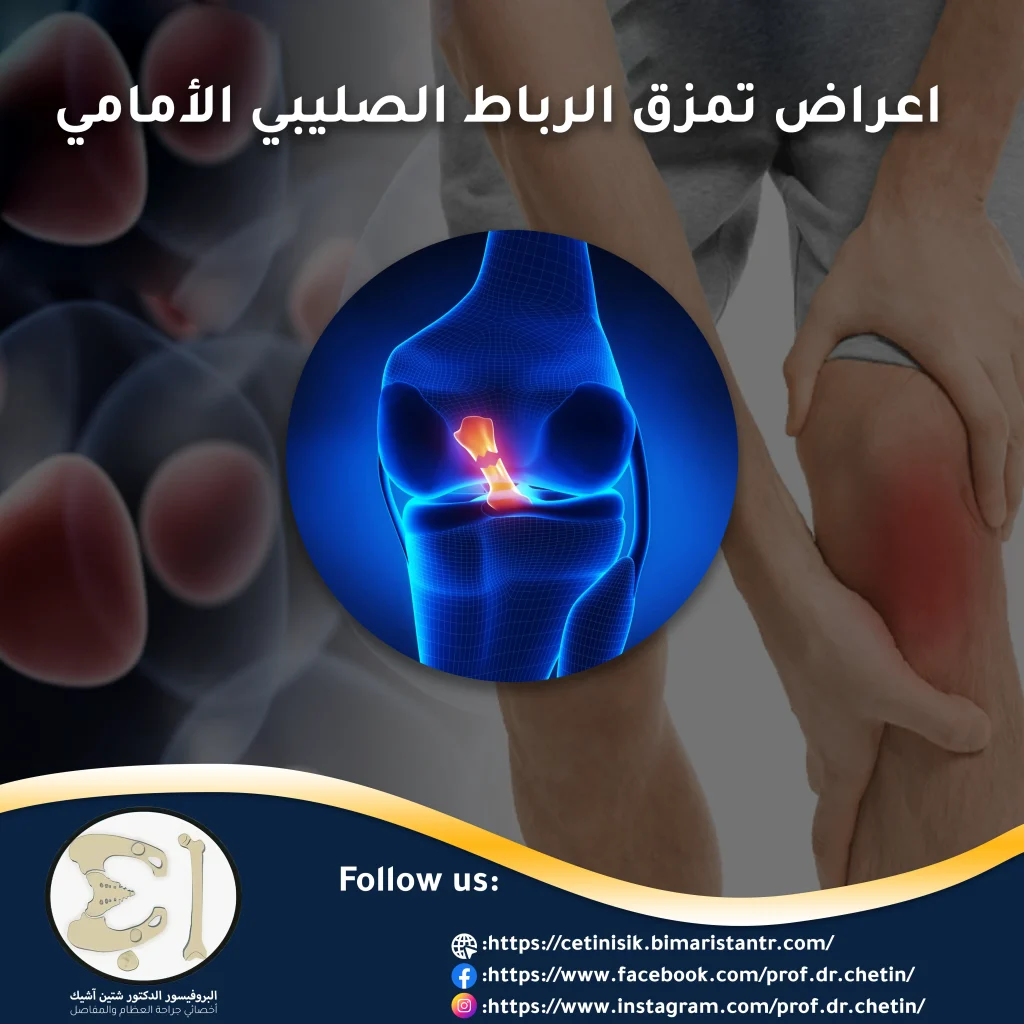The treatment of the knee collateral ligament is often done conservatively (non-surgically), which is the mainstay of treatment, but in some cases surgical treatment may be required.
The treatment of the knee collateral ligament varies according to the degree of injury. The medial collateral ligament injury is classified into 3 degrees, depending on the injury.
The medial collateral ligament of the knee is the most injured knee ligament, so it is necessary to know the methods of treating the knee collateral ligament.
An overview of the treatment of the collateral ligament of the knee
A ligament is fibrous, connective tissue that connects two bones together, and normally holds skeletal structures together and maintains stability (such as joints).
The knee consists of 4 main ligaments that connect the femur and the tibia (tibia):
- anterior cruciate ligament (ACL)
- posterior cruciate ligament (PCL)
- medial collateral ligament (MCL)
- lateral collateral ligament (LCL)
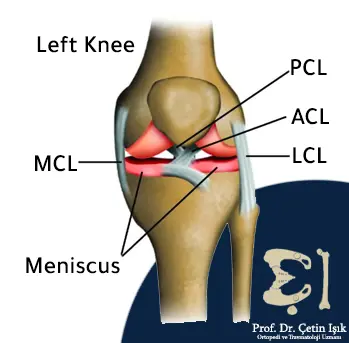
The medial collateral ligament of the knee is one of the knee ligaments most susceptible to injury, and its injuries are often caused by valgus stress (knee pressure from the outside) applied to the fixed knee, in addition to Dislocation of the kneecap that lead to ligament damage.
Medial collateral ligament injury presents with knee swelling, pain along the inner part of the knee, and knee instability.
The diagnosis of medial collateral ligament injury of the knee is usually made by history, clinical examination, and a valgus stress test, and in some cases radiographic imaging such as magnetic resonance imaging (MRI) may be used for diagnosis.
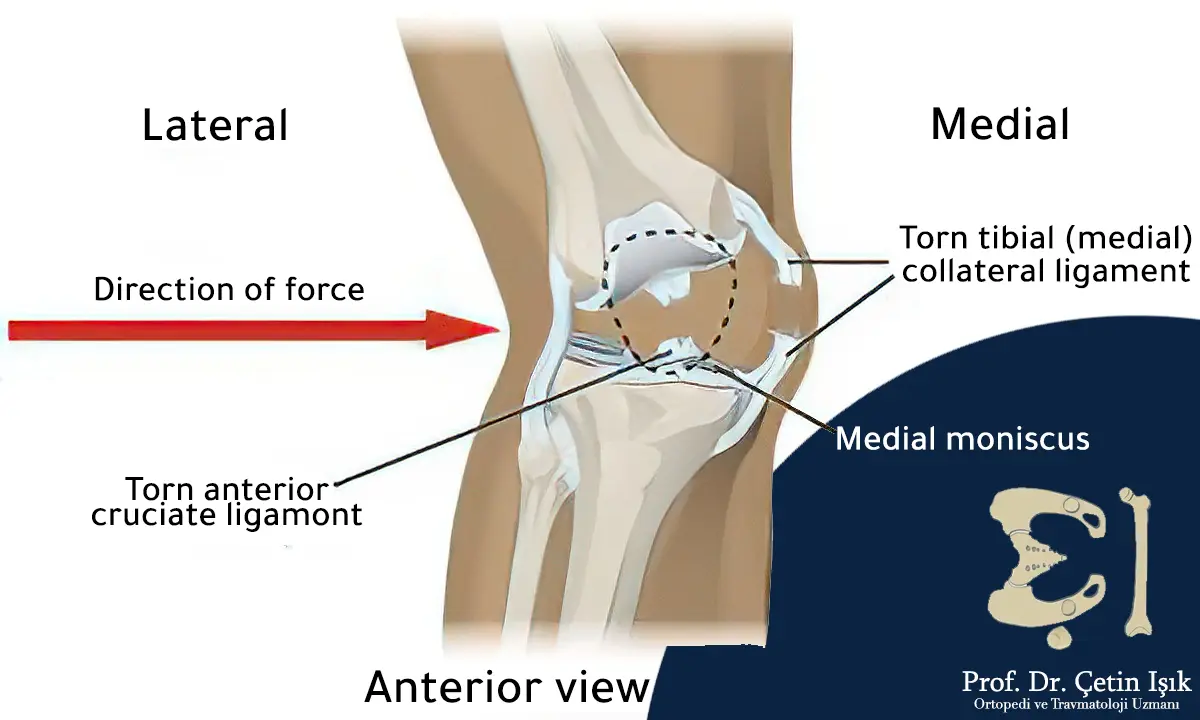
The treatment of the knee collateral ligament varies according to the degree of injury. The medial collateral ligament injury is divided into 3 degrees:
- Grade I: Mild damage, with slight tearing of the fibers and no loss of integrity of the medial collateral ligament
- Grade II: moderate damage, with incomplete rupture and increased loosening of the medial collateral ligament
- Grade III: severe damage, with complete rupture and significant loosening of the ligament
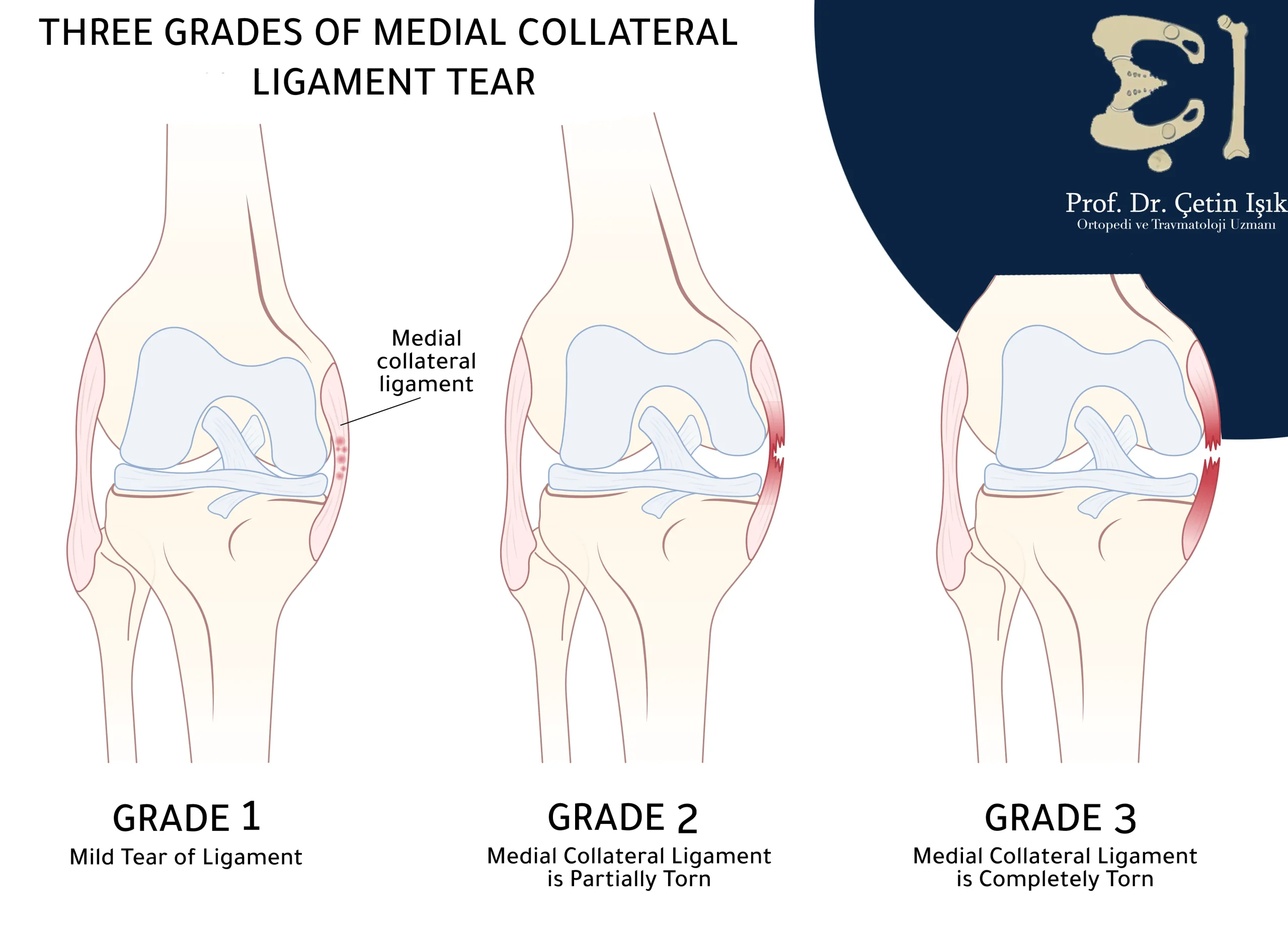
Knee collateral ligament treatment
The treatment of the knee collateral ligament varies according to the degree of injury, as most injuries can be managed through non-surgical treatment, but severe injuries that include a complete tear of the ligament must be treated surgically.
Conservative (non-surgical) treatment
Non-surgical treatment is still the primary method in the treatment of mild knee collateral ligament sprain in addition to first and second-degree injuries, as the damage may self-heal through rest and knee care with the necessity of early rehabilitation. Non-surgical treatment includes:
ice packs
Where ice packs are placed on the knee for 20-30 minutes every 3-4 hours for a period of 2-3 days in order to reduce pain and swelling in the knee.
Non-steroidal anti-inflammatory drugs
Non-steroidal anti-inflammatory drugs, such as ibuprofen, are taken to relieve pain and reduce inflammation.
knee lift
The knee is raised by placing a pillow under it in order to reduce knee swelling.
Wear a knee brace for a short time
The brace works to prevent the patient from moving so as not to exacerbate the injury and relieve the pain resulting from moving the knee.
Wrap an elastic bandage around the knee
Where the bandage prevents swelling in the knee from worsening.
Use crutches
Where crutches are used so that the patient can walk without pain.
Do rehabilitation exercises
The knee collateral ligament can be treated by performing rehabilitation exercises that strengthen the ligament and speed up the healing process. Rehabilitation exercises include:
Quad exercise by placing a towel under the heel
- Lie down or sit down and roll a small towel under your ankle
- Tighten the upper thigh muscles to press the back of the knee down toward the floor
- Repeat the exercise 10 times, holding the position for 2 seconds each time.
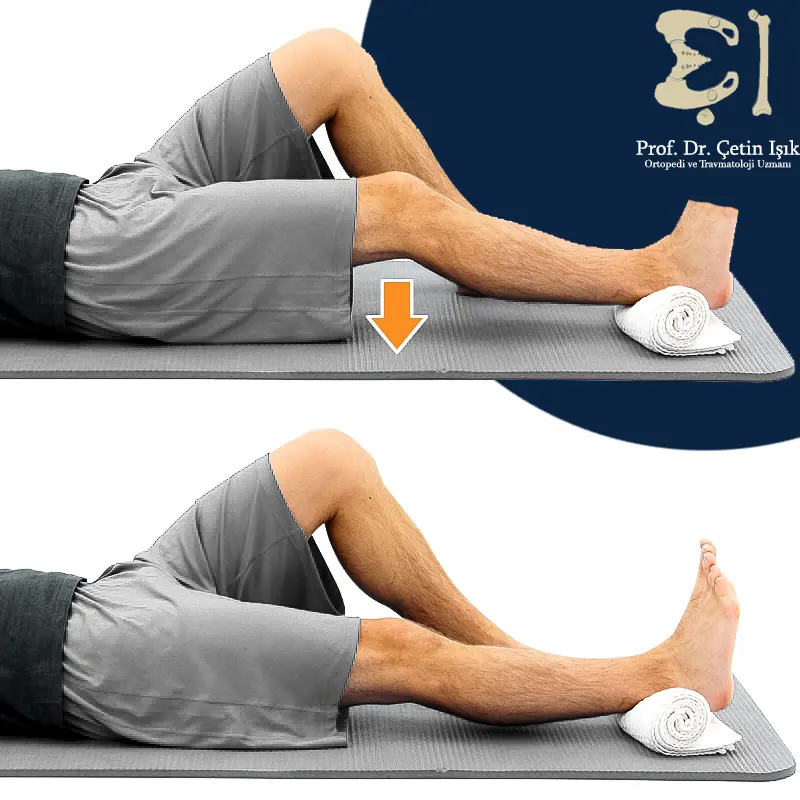
Heel slide exercise
- Sit on a firm surface with your legs straight out in front of you.
- Place a towel under your heel and wrap a strap or towel around your foot
- Pull your knee up to your chest (flexion position) as your foot slides toward you
- Repeat the exercise 10 times, holding the position for 1 second each time.
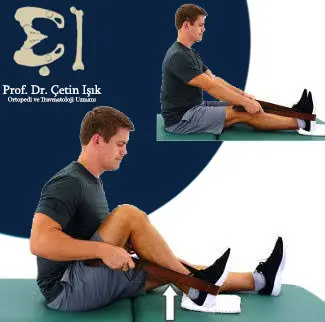
Hip abduction exercise
- Lie on your side and slowly raise your upper leg out to the side.
- Keep your knee straight and your toes pointing forward the entire time.
- Keep your leg parallel to your body.
- Repeat the exercise 10 times, holding the position for 1 second each time.
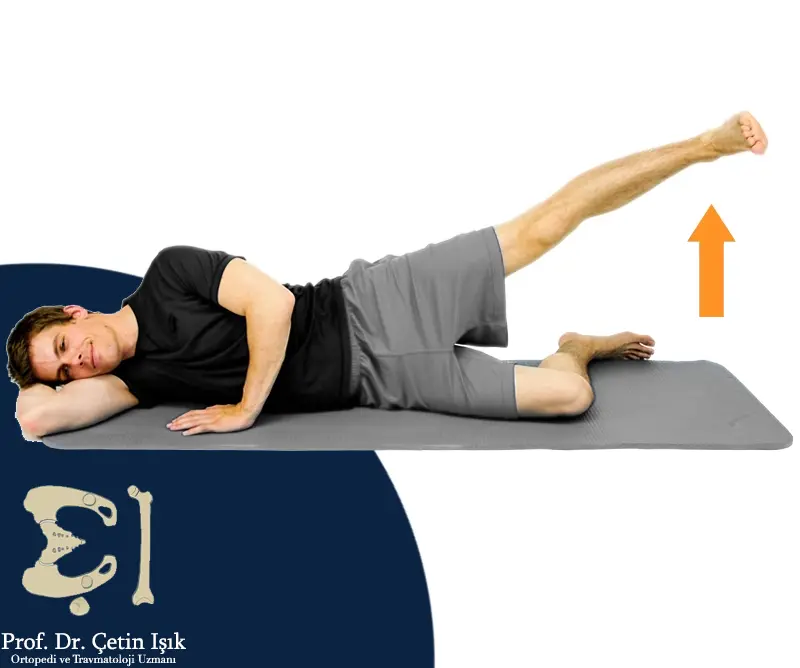
Surgical treatment
Surgical treatment is used in cases of Grade III (severe rupture) to treat fractures of the lateral knee ligaments or injuries involving other structures in the knee.
Surgery is performed to treat a knee collateral ligament tear by reconnecting the torn ligament or reconstructing the ligament using a tissue graft, depending on the damage.
Indications for surgical treatment
Injuries that require surgical treatment include the following:
- Removing the medial collateral ligament from the bone (medial epicondyle): In this case, the ligament is structurally sound but must be fixed internally to restore it to its fixed position. Screw fixation is the preferred treatment in this case.
- The distal part of the ligament is placed under the medial meniscus: in this case it is necessary to perform surgery in order to preserve the function of the meniscus
- Injury to the medial collateral ligament associated with injury to the two cruciate ligaments: this injury can be considered a dislocation of the knee and therefore the anterior and posterior cruciate ligaments must be reconstructed.
Patterns of surgery
The surgical treatment of the knee collateral ligament is carried out in two methods: reconnection of the torn medial collateral ligament and reconstruction of the medial collateral ligament.
Reattachment of the torn medial collateral ligament
The knee collateral ligament is treated by making several small incisions in the knee, inserting an arthroscope (a small tube-shaped instrument), and then reattaching the collateral ligament.
If the ligament is attached to one of the two bones (femur or tibia), the doctor will reattach the ligament to the bone using large sutures, a metal screw, or a bone brace.
If the tear is in the middle of the medial collateral ligament, the surgeon will sew the torn ends together.
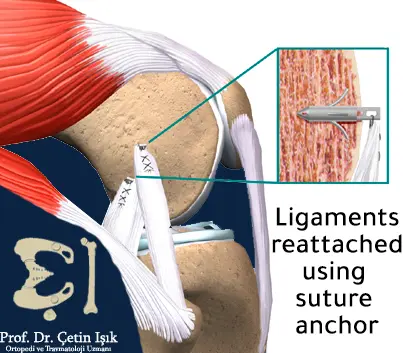
Reconstruction of the medial collateral ligament
The knee collateral ligament is treated by replacing the medial collateral ligament with healthier tissue by taking tissue from the patient’s body (autograft) or healthy tissue from a cadaver (allograft).
The new tissue (graft) must be placed in the correct position in the knee and stretched appropriately to restore stability to the knee.
Both surgeries are performed under general anesthesia, and you can go home on the same day for both surgeries. Crutches and a knee brace are used for approximately six weeks.
After 1-2 weeks, the doctor will examine the knee and remove the sutures. The recovery period varies according to the severity of the ligament tear, the type of surgery performed, and the patient's age. Therefore, the recovery period ranges between 9-12 months.
Prevention of injury to the collateral ligament of the knee
Unfortunately, most knee ligament injuries occur in accidents that cannot be prevented, but these injuries can sometimes be prevented by:
- Strengthening the thigh muscles: Strong thigh muscles absorb the pressure applied to the medial collateral ligament with some activities such as running, jumping, and stair climbing.
- Strengthening the knee`s tendons: Strong hamstrings prevent the knee from bending during activities that cause the knee to bow.
- Moving the feet: While walking, the feet must be lifted off the ground, and the toes should be directed in the direction they are going instead of twisting the knees.
- Weight loss: When walking, the weight applied to the knees equals 1.5 of the body weight, so it is necessary to reduce the weight to reduce the weight applied to the knees.
At the end of the article, the treatment of the knee collateral ligament varies according to the degree of damage, as the damage can be classified into 3 degrees, and most injuries can be managed with conservative (non-surgical) treatment. Still, surgery may be resorted to repair the medial collateral ligament in some cases.
Sources:
Common questions
The MCL is a strong, fibrous tissue cord that connects the femur to the tibia (tibia), and plays a key role in stabilizing the knee.
A collateral ligament injury can be identified by swelling in the knee, pain along the inner part of the knee, and instability (stability) of the knee joint.
Partial tearing of the collateral ligament can heal after several weeks, by adhering to the treatment plan.
The duration of collateral ligament treatment varies according to the degree of injury. Still, the treatment time ranges between 1 and 1.5 months (except for surgical treatment, which takes longer to heal).


